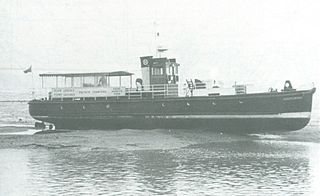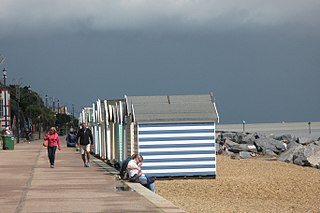PS Adelaide was a passenger vessel built for the Great Eastern Railway in 1880.
PS Zealous was a passenger vessel built for the Great Eastern Railway in 1864.

TSS Vienna was a passenger vessel built for the Great Eastern Railway in 1894.
TSS Colchester was a passenger vessel built for the Great Eastern Railway in 1888.

TSS Bruges was a passenger vessel built for the Great Eastern Railway in 1920.
TSS Antwerp was a passenger vessel built for the Great Eastern Railway in 1919.
TrSS Munich was a passenger vessel built for the Great Eastern Railway in 1908.
PS Claud Hamilton was a passenger vessel built for the Great Eastern Railway in 1875.
TSS Ipswich was a passenger vessel built for the Great Eastern Railway in 1883.
TSS Norwich was a passenger vessel built for the Great Eastern Railway in 1883.
PS Lady Tyler was a passenger vessel built for the Great Eastern Railway in 1880.
PS Avalon was a passenger vessel built for the Great Eastern Railway in 1864.
TSS Malines was a passenger vessel built for the Great Eastern Railway in 1921.
PS Ipswich was a passenger vessel built for the Great Eastern Railway in 1864.
PS Orwell was a passenger vessel built for the Great Eastern Railway in 1873.
SS Great Yarmouth was a freight vessel built for the Great Eastern Railway in 1866.
SS Staveley was a passenger and freight vessel built for the Manchester, Sheffield and Lincolnshire Railway in 1891.

MV Brightlingsea is a passenger vessel which was built for the London and North Eastern Railway in 1925.

TSS Cromer was a cargo vessel built for the Great Eastern Railway in 1902.








